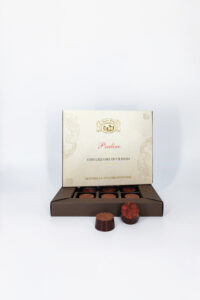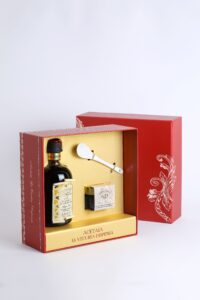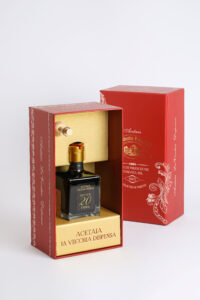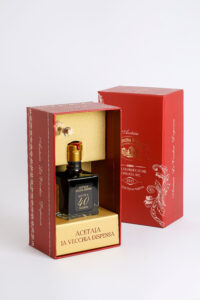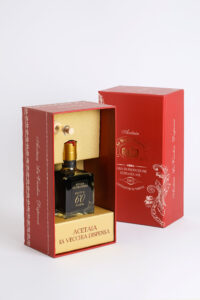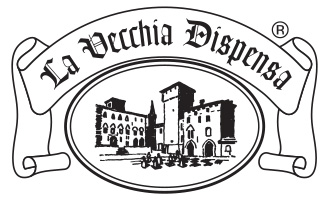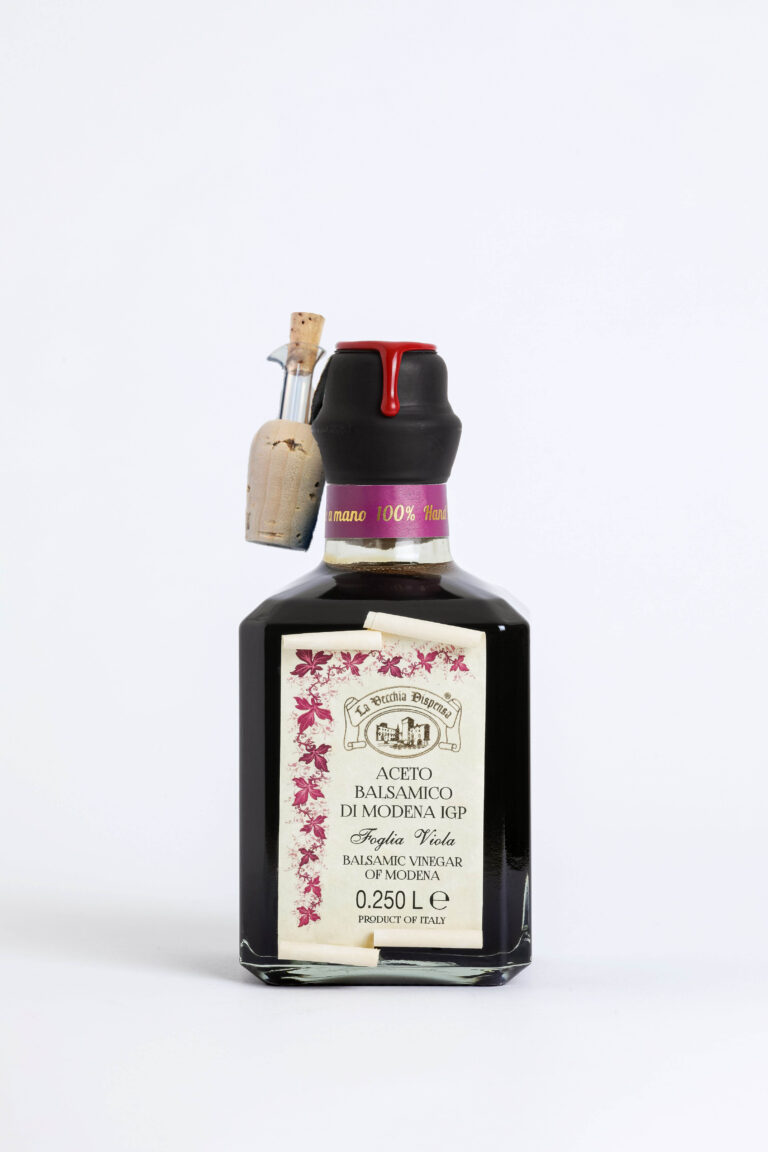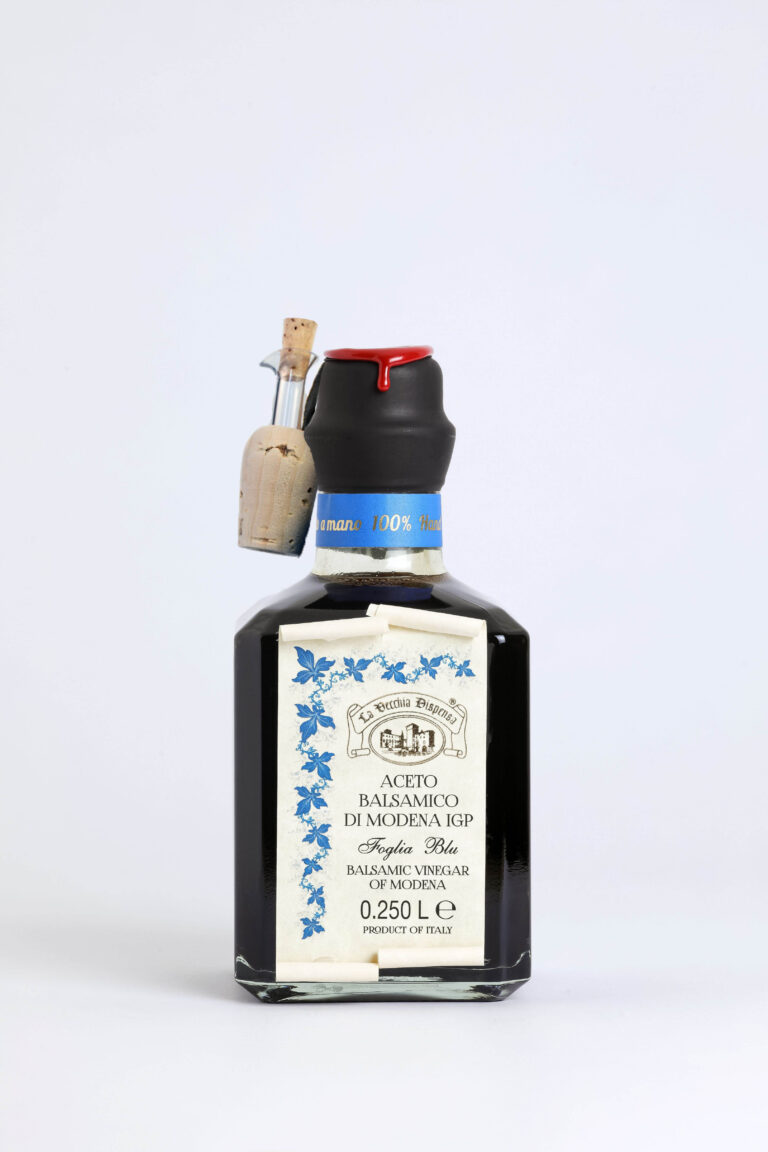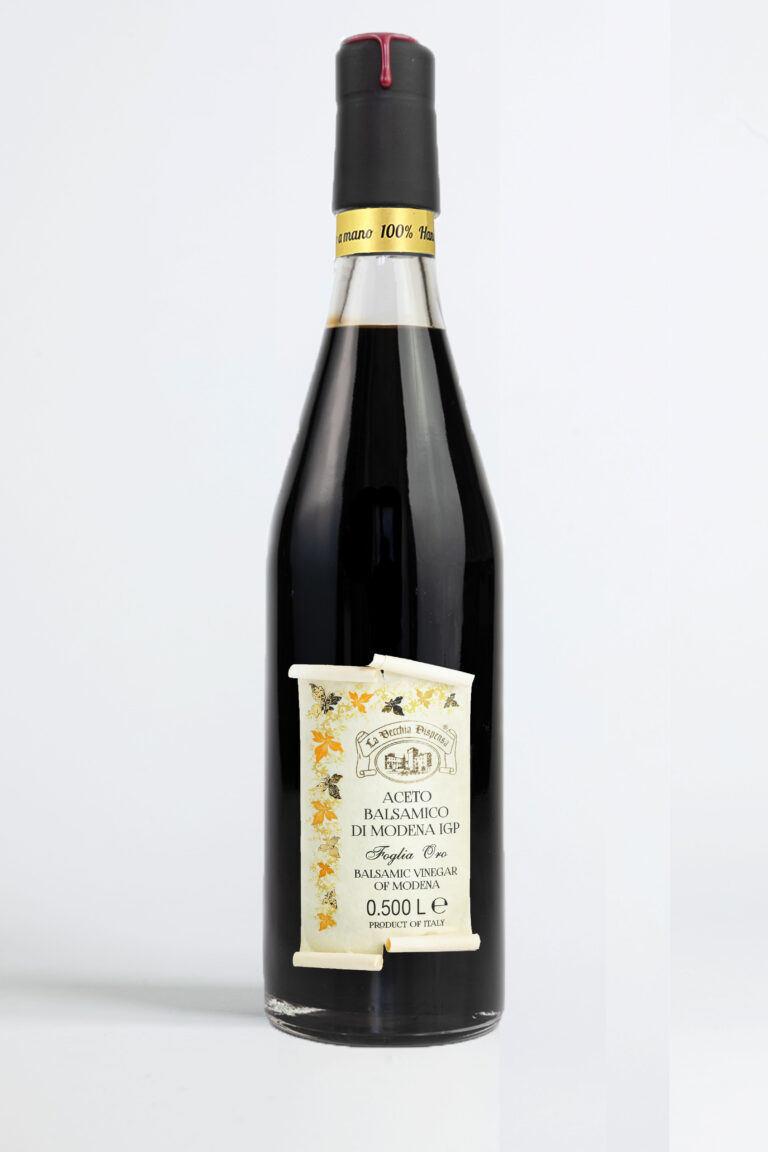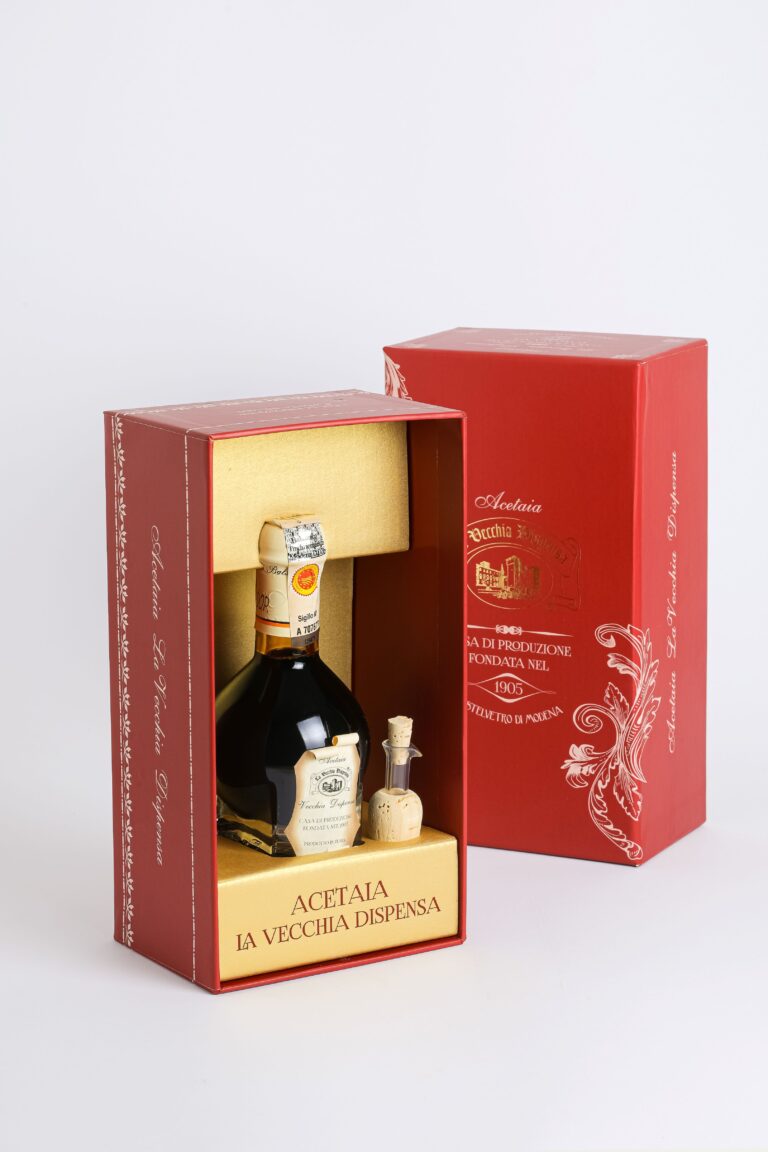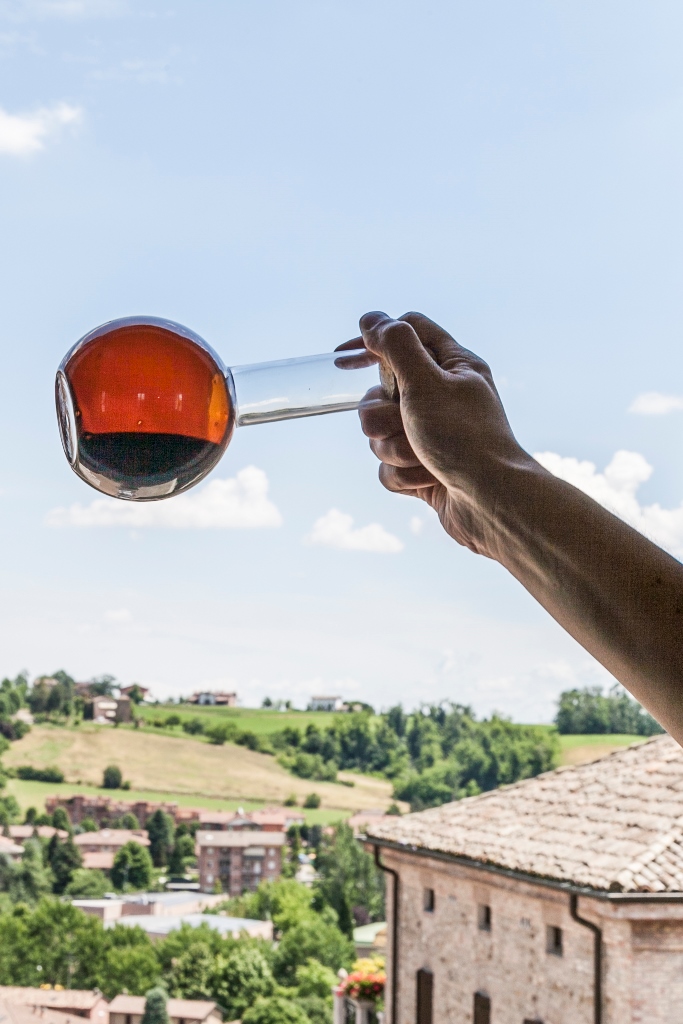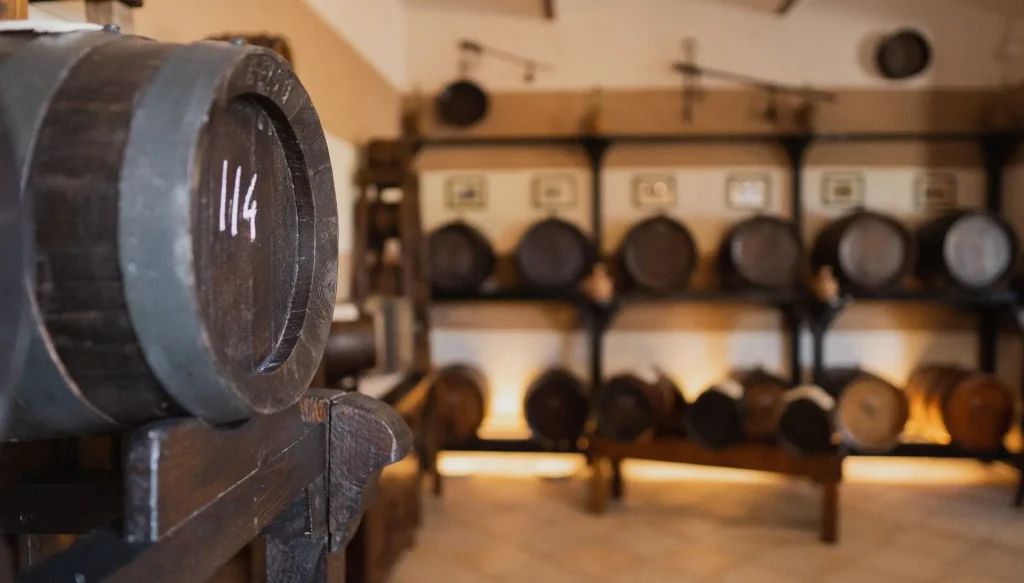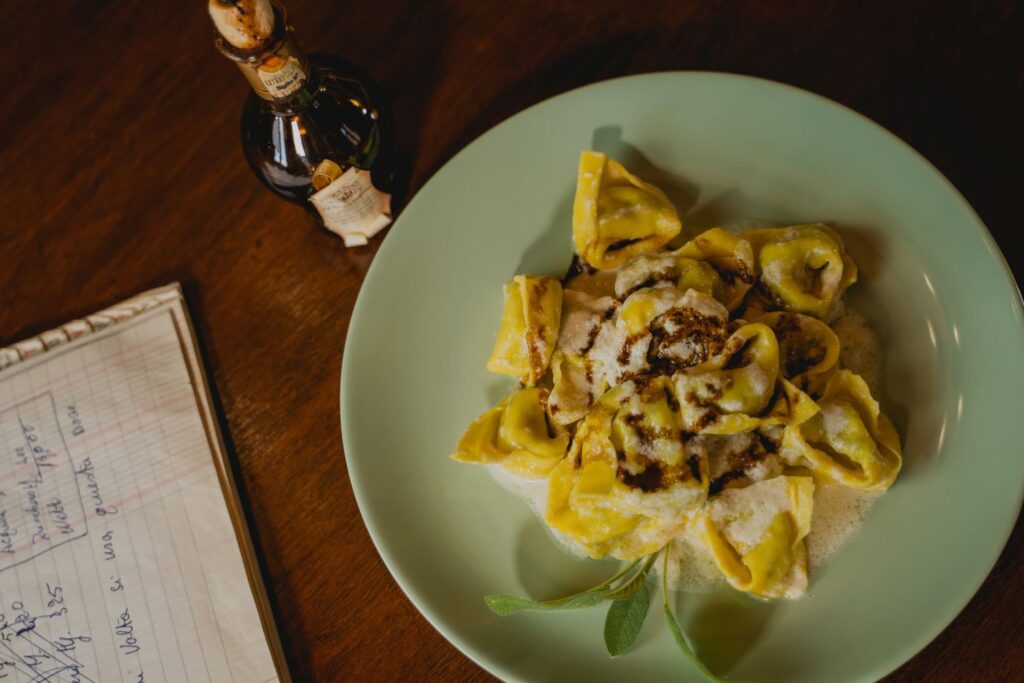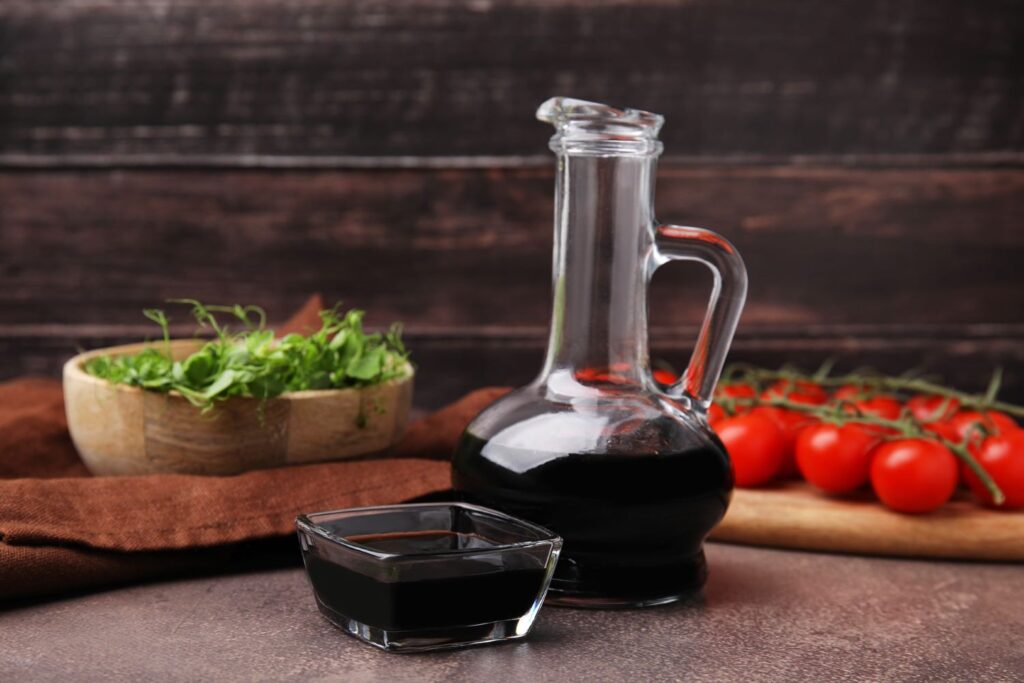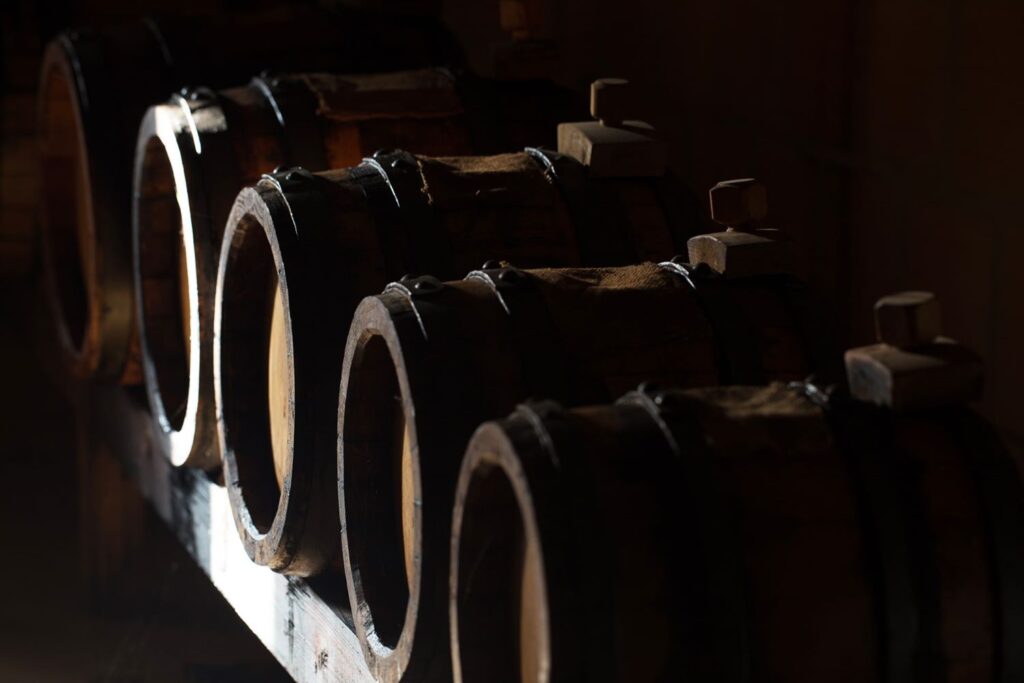The choice of the woods used for the aging of Balsamic Vinegar, as long as the permanence time of the product inside the different barrels, are the two main factors that make unique and distinguish the products of different producers. It a sort of a secret recipe, where the essence transmitted by every single wood gets skillfully calibrated by the producer according to the family tradition as long as personal taste.
The main goal of every producer is that of creating a harmonious vinegar, where you can perceive all the aromatic notes of the different woods in a very well balanced way. The difficulty of this process is given by the necessity of an accurate knowledge of the product and the production tools: the sequence of the woods, the time required for every single refinement and other factors that can influence the success of the production process, which for the Traditional Balsamic Vinegar of Modena takes minimum 12 years.
What Types of Wood are Used for the Barrels?
When a producer chooses the barrels for the proper production, he normally evaluates the wood types, the hoops and the quality of the barrel construction. The type of wood used for the aging is the key element that determines the future aromatic structure of the product. The more woods the producer uses to age his Balsamico, the more complex and intricate the flavor of the final product will be.
Obviously, the smaller the barrel is the more contact it has with the product and the quicker it transfers its perfumes to the vinegar.
The newer the wood (the barrel) is, the faster it transfers its aromas to the product. On the contrary, the barrels that have been used for decades are impregnated with balsamic and often absorb the essences of the other woods, thus resulting very balanced and suitable for the production of the Traditional Balsamic Vinegar of Modena PDO if used correctly.
Essences and Notes Characteristic of Different Woods
- Cherry Barrel: releases a fruity essence and red fruit notes, but it does not ensure a great barrel seal, since this wood is porous and it tends to move over time. For that reason, cherry wood is normally used in the beginning of the aging process.
- Mulberry Barrel: releases red fruit notes. Also porous, mulberry wood brings to a larger oxygen exchange, favoring the acidification processes, but for the same reason it is recommended as the second or the third wood in use during the aging process.
- Chestnut Barrel: releases bitterish notes. Rich in tannins and economic, chestnut wood is widely used for the production of Balsamic Vinegar barrels, and it ensures an excellent seal.
- Juniper Barrel: transmits a spicy and resinous aftertaste, and it is normally used for the aging of small amounts of the product destined for specific use. Juniper wood in not suitable for aging great amounts of the product, thus the barrels are normally small. The intense aroma, the limited capacity of the barrels and the difficulty finding barrels due to laws that protect the confiner make this wood rarely used for the aging of Traditional Balsamic Vinegar of Modena.
- Ash Barrel: along with oak, it is part of the so-called vanilla woods, it is very porous and poor in tannins. It is frequently used for the conservation of the product.
- Acacia Barrel: non-traditional and used only in recent times, Acacia wood ensures long life and durability of the barrels. It also makes an important contribute in terms of acidity, thus favoring acidification.
- Oak Barrel: along with ash, it is part of the so-called vanilla woods and guarantees stability and durability of the barrels over time. It is poor in tannins and is normally used for the rest and the conservation of the Traditional Balsamic Vinegar of Modena.
